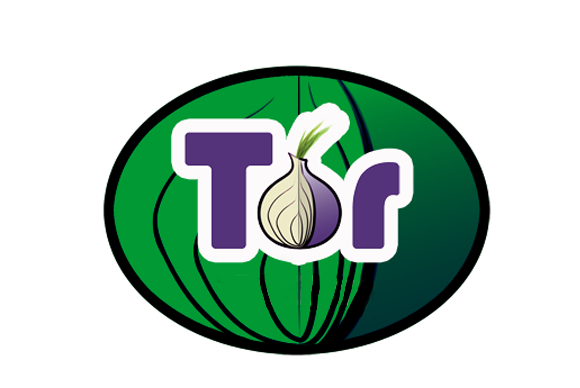
Russia has made an offer of 3.9 million roubles ($110,000) in a contest seeking a way to crack the identities of users of the Tor network.
The Tor Project hides internet users’ locations and identities by sending data on random paths through machines on its network, adding encryption at each stage.
The Russian interior ministry made the offer, saying the aim was “to ensure the country’s defense and security”.
The contest is only open to Russians and proposals are due by August 13.
Applicants must pay 195,000 roubles to enter the competition, which was posted online on July 11 and later reported by the tech news site Ars Technica.
Earlier this month, Russia’s lower house of parliament passed a law requiring internet companies to store Russian citizens’ personal data inside the country.

Russia has the fifth-largest number of Tor users with more than 210,000 people making use of it, according to the Guardian.
Tor was thrust into the spotlight in the wake of controversy resulting from leaks about the National Security Agency (NSA) and other cyberspy agencies.
Edward Snowden, the whistleblower who revealed the internal memos and who now has asylum in Russia, uses a version of Tor software to communicate.
Documents released by Edward Snowden allege that the NSA and the UK’s GCHQ had repeatedly tried to crack anonymity on the Tor network.
Tor was originally set up by the US Naval Research Laboratory and is used be people who want to send information over the internet without being tracked.
It is used by journalists and law enforcement officers, but has also been linked to illegal activity including drug deals and the sale of child abuse images.
In its 2013 financial statements, the Tor Project – a group of developers that maintain tools used to access Tor – confirmed that the US Department of Defense (DoD) remained one its biggest backers.
The DoD sent $830,000 to the group through SRI International, which describes itself as an independent non-profit research centre, last year.
Other parts of the US government contributed a further $1 million.
Those amounts are roughly the same as in 2012.